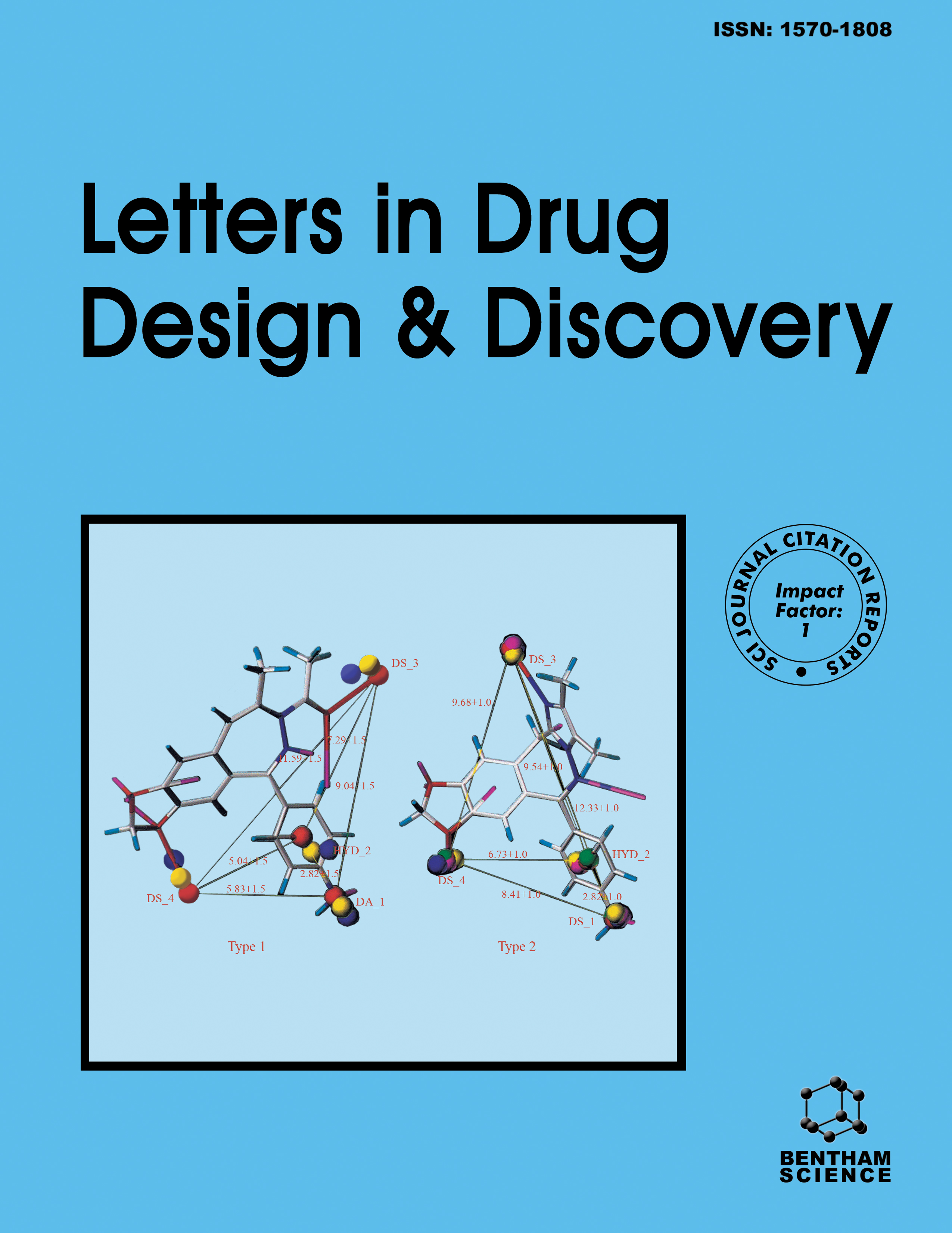
Full text loading...
We use cookies to track usage and preferences.I Understand
Parkinson’s disease (PD) is a prevalent neurological disease characterized by the gradual degeneration of dopaminergic neurons leading to a dysfunctional central nervous system. Recently, major metabolites of Coffea arabica leaves were revealed to exhibit good electron-shuttling potential in Microbial Fuel Cells (MFCs), similar to neurotransmitters dopamine and epinephrine.
This In silico study aimed to identify the neuroprotective potentials of plant metabolites from coffee leaves and to determine their physicochemical and pharmacokinetic properties for developing viable anti-parkinsonian drug design.
Molecular docking was performed to evaluate the affinity of identified major compounds in C. arabica against PD-target proteins and compare the results with the binding activity of existing drugs and natural ligands of the identified protein targets via LibDock scores. The drug-likeness and ADMET profiles of each ligand were also evaluated using bioinformatics tools.
C. arabica metabolites exhibited various degrees of binding activity against PD targets. LibDock scores of test compounds showed that catechin, mangiferin, and chlorogenic acid exhibited higher docking scores than dopamine and levodopa. Physicochemical and pharmacokinetics analysis of the selected molecules revealed caffeine, catechin, and chlorogenic acid as promising candidates for drug development with a low risk of drug toxicity.
The present study indicates that Coffea arabica leaves contain promising neuroprotective active compounds against Parkinson’s disease.

Article metrics loading...

Full text loading...
References


Data & Media loading...
Supplements

